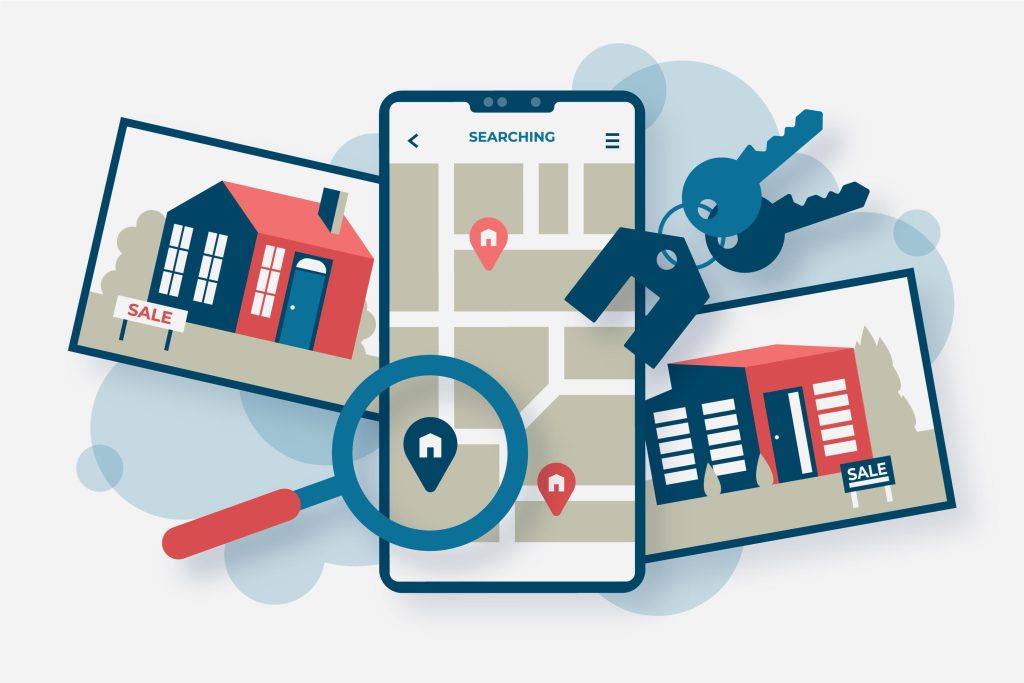SEO for Real Estate Marketing: Strategy, Local Tactics & Best Practices
What is Experiential Marketing: Definition, Importance & Strategy Introduction After several years of helping real estate agents and professionals build out their online presence, we have learned that real estate SEO will be crucial in getting visibility and high-quality leads. Since 97% of home buyers begin their home search on the internet, building a good SEO foundation will make your listings visible to the qualified buyers searching online. This guide will take you through proven real estate SEO methods, including keyword efforts, local SEO, and technical best practices, to yield buy-ready leads and continue to attract buyers consistently. Key Takeaways Through real estate marketing, SEO grows visibility and produces more qualified leads without paid advertising. Local SEO helps real estate agents dominate searches for their neighborhoods. Schema markup and a mobile-friendly website boost search results for real estate agents. Localized content builds authority and credibility within your community. Tracking key performance indicators (KPIs) such as organic traffic or lead-generating conversions puts you in control of your success! What is SEO for Real Estate? Real estate SEO is the optimization of your online presence so that buyers can find your listings during their search. Unlike general SEO, the focus is on local intent and property-specific terminology. Four Essential SEO Types: On-page: This includes ensuring titles, meta tags, property descriptions, and links to other pages on the same site are all optimized. Off-page: This includes achieving backlinks from local directories and related community sites. Local SEO: Includes optimizing for local neighborhood searches and appearing in Google Maps. Technical SEO: Includes site speed, mobile-friendliness, and indexing. Digit Cure utilizes all these components to help real estate companies to rank in local search results through local SEO strategies. Advantages of SEO for Real Estate Targeted Local Traffic: Connect with active homebuyers within your area. Higher Quality Leads: Organic leads convert 14.6% better than paid leads. Cost-Effective: Results that last over a longer term with no per-click cost. Credibility & Trust: Top rankings prove you are credible and trustworthy. Lead Generation Working for You 24/7: SEO is simply providing visibility every minute of every day. Competitive Advantage: Rank places in local searches for search terms that matter to you, outranking your competitors. Keyword Research Focus Areas: Localized keywords: “houses for sale in [neighborhood]”, “[city] real estate agent”. Keywords for long tails: “luxury waterfront houses in [city]”. Keywords of buyer intentions: TOFU: “How to buy a house in [city]” MOFU: “[neighborhood] real estate market trends” BOFU: “schedule home tour [area]” Use tools such as Google Keyword Planner, SEMrush, or Ahrefs to discover applicable terms. Real Estate SEO Strategy On-Page SEO Be sure the title tag and meta description utilize local keywords, and use action-oriented CTAs. All image alt text should include descriptive text (“modern kitchen 123 Main St”). Link between listings and neighborhood pages. Local SEO Enhance your Google Business Profile by verifying your information is correct and adding relevant photos. Create local citations in multiple directories, such as Zillow and Realtor.com. Have dedicated pages for each neighborhood you service. Technical SEO Make sure the website is mobile-friendly and loads in less than 3 seconds. Utilize schema markup for RealEstateListing and LocalBusiness Submit XML sitemaps in Google Search Console.
SEO for Real Estate Marketing: Strategy, Local Tactics & Best Practices Read More »












